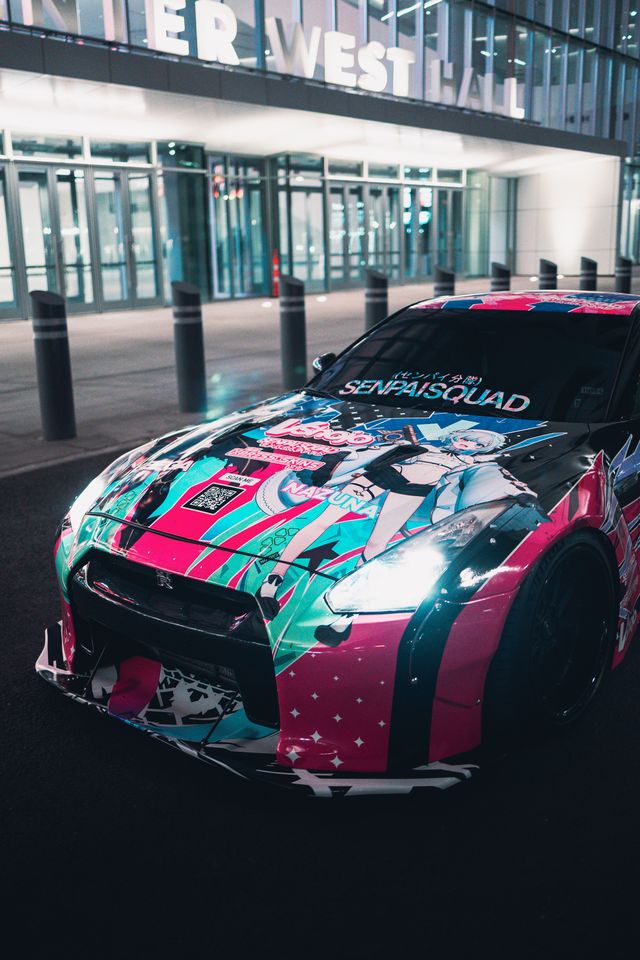
Vinyl Wraps and Extreme Weather: How They React to Heat, Humidity, and Cold
Share
By Xpress Skins Wraps & Signs – Houston, TX
Climate is one of the most important factors that affect the durability and appearance of a vehicle wrap. While modern vinyl films are designed to withstand a variety of environmental conditions, extreme heat, constant humidity, and freezing temperatures can all impact performance if the material isn’t properly installed or maintained.
At Xpress Skins Wraps & Signs, we understand how different climates affect vinyl and use specialized techniques to ensure maximum longevity for every project.
Below, we break down how wraps react to different environments — and what you can do to keep them looking flawless year-round.
☀️ 1. Extreme Heat: Expansion and Premature Wear
In hot regions like Houston, surface temperatures on vehicles can soar past 140°F (60°C). Excessive heat causes vinyl to expand, which over time may lead to:
-
Lifted edges on curved areas.
-
Reduced adhesion due to prolonged exposure.
-
Gradual fading or discoloration without UV protection.
✅ Recommendations:
-
Choose premium cast vinyls (3M, Avery, Arlon) built for high-heat environments.
-
Apply UV-protective laminates to prevent color degradation.
-
Whenever possible, park in shaded areas or covered garages.
💧 2. Humidity and Rain: Risk of Lifting and Moisture Damage
Constant humidity and frequent rain can affect the vinyl’s adhesive if the surface wasn’t properly prepared before installation. Trapped moisture or debris can result in:
-
Bubbles beneath the surface.
-
Peeling edges near moldings or seams.
-
Mold or mildew in poorly ventilated areas.
✅ Recommendations:
-
Ensure deep cleaning and decontamination before installation.
-
Avoid washing your vehicle during the first 48 hours after wrapping.
-
Keep the vehicle clean and dry — especially after heavy storms.
❄️ 3. Extreme Cold: Rigidity and Shrinkage
Cold weather makes vinyl stiffer and more brittle, increasing the risk of cracks or shrinkage. Constant exposure to freezing temperatures may cause:
-
Hairline cracks on the surface.
-
Peeling at corners or seams.
-
Material contraction if not properly cured.
✅ Recommendations:
-
Always install vinyl in controlled environments (68–77°F / 20–25°C).
-
Use high-memory vinyl films designed for cold resistance.
-
Avoid using cold metal tools directly on the wrap.
🌦️ Conclusion
High-quality automotive vinyl can handle extreme weather conditions, but performance depends on the material type, installation method, and ongoing care. Adapting your wrap maintenance routine to your local climate is key to preserving color, adhesion, and finish.
At Xpress Skins Wraps & Signs, we use certified materials and advanced techniques to ensure every project withstands the toughest conditions — from Texas heat to tropical humidity and winter frost.
📞 Contact us today for expert advice and long-lasting wraps that stay bold and beautiful in any climate.

